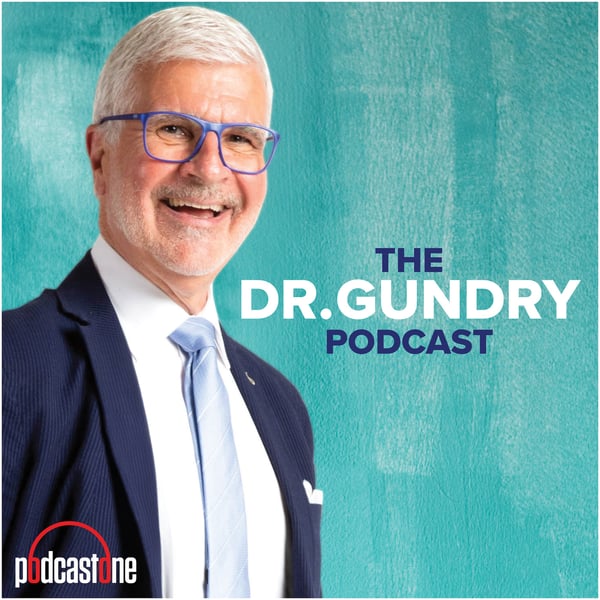Stop Wasting Your Money on These Supplements! - Dr. G's Quick Health Tip | EP 333.B
The Dr. Gundry Podcast
PodcastOne
4.6 • 1.7K Ratings
🗓️ 9 January 2025
⏱️ 14 minutes
🧾️ Download transcript
Summary
Transcript
Click on a timestamp to play from that location
| 0:00.0 | Welcome to the Dr. Gundry podcast, where Dr. Stephen Gundry shares his groundbreaking research from over 25 years of treating patients with diet and lifestyle changes alone. |
| 0:11.1 | Dr. Gundry and other wellness experts offer inspiring stories, the latest scientific advancements, and practical tips to empower you to take control of your health and live a long happy life. |
| 0:22.6 | Unless your doctor tells you otherwise, stop wasting your money on these seven supplements. |
| 0:31.6 | Number one, calcium supplements. |
| 0:35.6 | Huh? I'll bet you your doctor is telling you you need calcium for strong bones. |
| 0:41.3 | I bet you all the milk advertisements you see on TV tells you you need calcium for strong bones. |
| 0:49.3 | While it's true, calcium is a part of the makeup of bone structure. |
| 0:56.0 | There is no evidence that a calcium supplement will actually have any benefit in actually making the calcium go to your bones. |
| 1:08.0 | In fact, there's some evidence that calcium supplements will deposit calcium in your |
| 1:14.1 | blood vessels where you don't want it. So you get plenty of bioavailable calcium in the foods you eat, |
| 1:25.2 | particularly in vegetables, in dark leafy greens. |
| 1:29.3 | And there's actually a not insignificant amount of calcium in animal protein and fish. |
| 1:37.3 | Interestingly enough, people who have some of the longest life expectancy, the Chiaroles in southern Italy are small fish eaters and chovy eaters sardine eaters what are they eating they're eating the calcium in the little bones of these fish and so if you really want to spend your money on a calcium supplement, |
| 2:03.6 | buy some sardines, buy some anchovies, that's the way to get your calcium. |
| 2:09.6 | Number two, multivitamins. So multivitamins have been around forever. |
| 2:15.6 | Unfortunately, multivitamins were developed based on examination of 20 college students in New York City in the 1920s, |
| 2:26.3 | when the federal government was trying to determine what would be the bare minimum amount of various vitamins and minerals that somebody should have |
| 2:38.0 | to avoid diseases, diseases like berry, diseases like pellegris, which you probably never heard of? |
| 2:49.0 | And they wanted to find the bare minimum that would be necessary. |
| 2:52.6 | So they looked at the blood work of 20 college students and said, |
| 2:56.6 | well, this is what these kids are eating, and this is what their blood work looks like, |
| 3:02.6 | and they're healthy college students, so that's probably what we need. |
... |
Please login to see the full transcript.
Disclaimer: The podcast and artwork embedded on this page are from PodcastOne, and are the property of its owner and not affiliated with or endorsed by Tapesearch.
Generated transcripts are the property of PodcastOne and are distributed freely under the Fair Use doctrine. Transcripts generated by Tapesearch are not guaranteed to be accurate.
Copyright © Tapesearch 2025.

